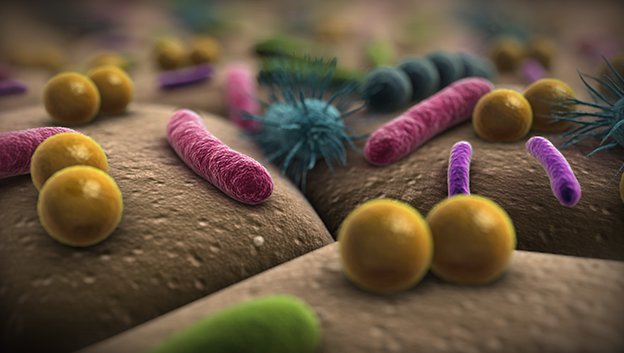How having an animated character can help you communicate better with your audience
While online communication accounts for a major percentage of our communication, studies suggest that putting our computers, tablets, and phones away for a while and focusing on old-fashioned, face-to-face contact may provide the following results: Body language conveys 55 percent of what is spoken, although words only represent 7 percent. The remaining 38% is communicated by voice tone.
Whether we watch an explanatory video, use a training
tool, or play a game, we are encouraged to participate, and we are more
inclined to do so if we feel connected in some way. Using letters to create
this relationship is a fantastic way to go about it. The boy in the picture
below is Ollie, a character we created for Ollie and Dog. Ollie and Dog is a
children's cartoon series that explains growth hormone deficiency. A illness
like growth hormone deficiency might be terrifying and upsetting to a child,
but when conveyed by an appealing cartoon character, the information becomes
significantly less frightening.
Characters are the means through which a story or
concept is told. Things happen to them or 'through' them, and we experience
their feelings as if they were our own, empathising with them. A great
character portrays the human condition in such a way that we feel deeply linked
to the topic or event being conveyed. We, the audience, are receptive to a
message if a well-liked character is.
Is it feasible that any character might have the same
effect? We'd be lying if we said yes. You're on the correct track if your
character design can be rapidly read, is clear and recognised, and in some
manner charming – perhaps include a minor quirk or fault! – Characters who
aren't perfect are often more interesting. Even a simple character design can
go a long way when given a few attributes.
However, as important as the proper design is,
animation may make or destroy a character. When a character is adequately
animated, his or her individuality shines through — the figure must clearly
express ideas and feelings in order to captivate the viewer. If a character
'just walks around,' if the poses and emotional states can't be read properly,
and the timing is off, you're not going to get the best results. Good
animation, on the other hand, can bring even the most mundane ideas to life and
make us grin, giggle, or blush... whichever reaction you want.
The use of animated characters for communicating is not
a new practise. Kellogg's employed animated characters in its advertising for
the first time more than 50 years ago. Prior to this, the brand's advertising
had failed to attract people's attention, and despite high sales, W.K. Kellogg
attempted to distinguish himself from his competitors' monotonous attempts.
Beginning with Tony the Tiger in 1950, marketing agency Leo Burnett began
designing characters for Kellogg's, and they added characters for each of their
cereal varieties over the years. By 1970, their market share had climbed to 45
percent.
Finally, some ideas on the animated character
Communication is vital whether your audience is your
staff or your customers. Why not integrate a mascot or animated figure into
your marketing or e-learning campaign? If we've aroused your interest in how
you might communicate more meaningfully with your audience, please visit our website
right now.





Comments
Post a Comment